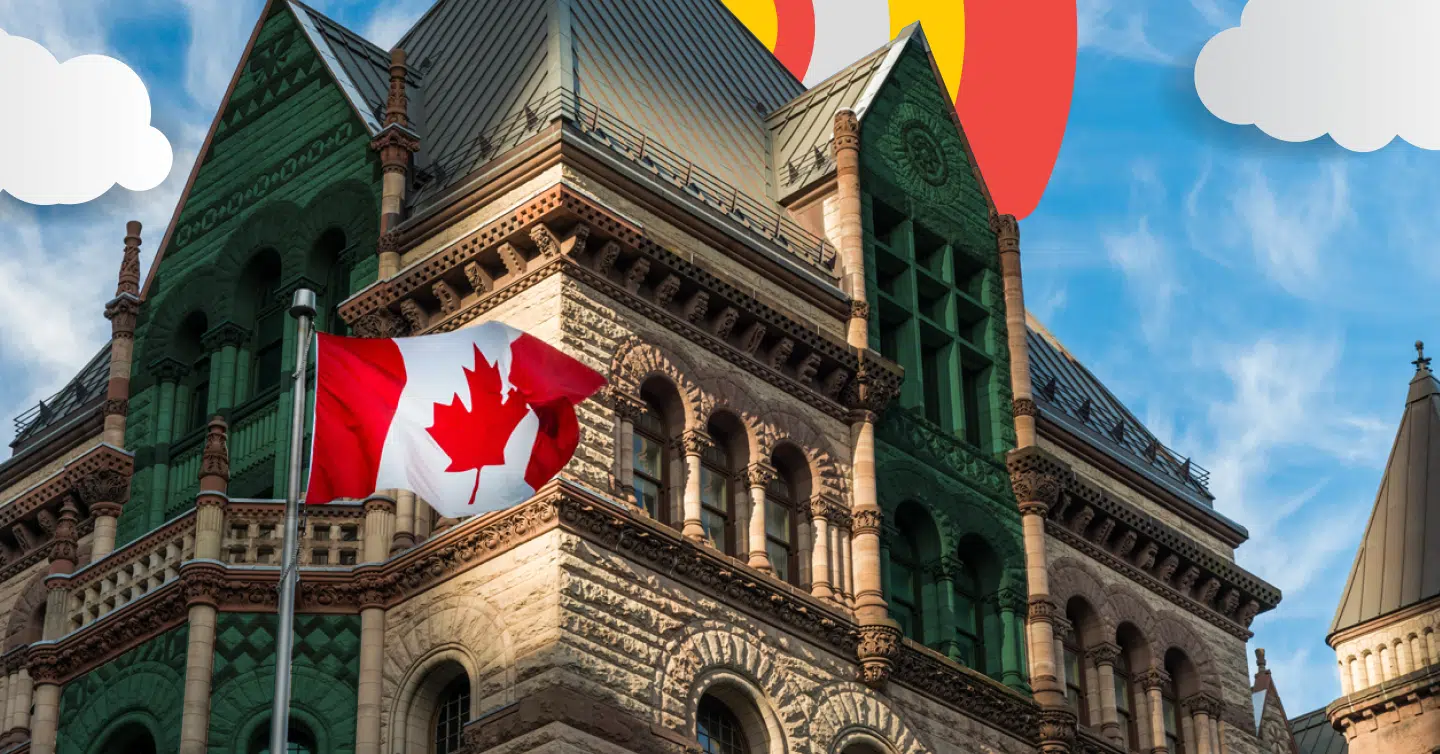How Mark Carney’s Liberal Win Could Impact Your Mortgage Strategy

As Canadian borrowers consider their next mortgage options, the political landscape in Ottawa is evolving, impacting the Canadian economy. The Liberal Party, now led by Mark Carney, has formed a minority government, which is changing fiscal and economic expectations at a critical moment for mortgage holders and homebuyers.
Mortgage professionals advise clients to brace for a more dynamic interest rate environment that reflects political shifts and global economic uncertainties. While some borrowers are hearing that interest rates might decrease further this year, the choice between a fixed or variable mortgage is still complex and more nuanced than many headlines imply.
- Variable mortgage rates are currently priced higher than fixed rates.
- Bond markets expect two more Bank of Canada rate cuts in 2025.
- Fixed rates have already priced in much of the expected policy easing.
- Under a Liberal-NDP or Liberal-Bloc coalition, looser fiscal policy to increase economic activity could reduce the Bank of Canada’s need for deeper rate cuts.
- Tariff risks, US economic uncertainty, and inflation expectations add volatility to mortgage rate forecasts.
Understanding What Drives Mortgage Rates
When borrowers hear about falling rates, they typically refer to Bank of Canada policy rate cuts. Variable mortgage rates in Canada, which are tied to lender prime rates, move in lockstep with the BoC policy rate changes. Right now, bond futures are pricing in two more 0.25% cuts by the Bank in 2025.
Fixed rates, however, are influenced by the Government of Canada (GoC) bond yields. Bond prices move inversely to bond yields; as prices increase, bond yields fall, and falling yields mean lower fixed rates at renewal time. These bond yields reflect market expectations about future consumer price pressures through inflation, economic growth, and central bank actions, and much of the expected BoC easing has already been priced in.
For example, even before Carney’s election win, GoC bond yields had fallen in anticipation of continued risks from the trade war and its tariff-related economic drag. With this new government is expected to introduce looser fiscal policy, there’s speculation that inflation risk could rise modestly, thereby reducing the urgency for further BoC cuts.
Variable Rates Still Offer Long-Term Value—But with Trade-Offs
Mortgage brokers continue to see value in variable mortgages for some borrowers, particularly those with flexible cash flow and a longer time horizon to reach their mortgage and financial planning goals.
The BoC’s policy rate is currently 2.75%, but the Bank has stated that it doesn’t expect to stimulate demand until it cuts to at least 2.00%—a level it has reached or gone below in every past easing cycle for more than 25 years. That precedent supports the view that more easing is likely.
At the same time, today’s variable rates are higher than their fixed rate equivalents. Borrowers selecting a variable (VRM) or adjustable (ARM) mortgage now bet the BoC will cut more than financial markets expect. If it only cuts 50 basis points more, variable rates will merely align with today’s fixed options.
Want to save thousands of
dollars on your renewal?
Renew with nesto and you can.
Fixed Rates Offer Stability Amid Political and Economic Uncertainty
Borrowers prioritizing payment certainty lean toward fixed rates, which are currently below their long-term average. With volatility in bond markets and tariff uncertainty on both sides of the border, some choose to lock in while rates remain near recent lows.
Unlike variable rates, fixed mortgage rates in Canada do not adjust with the BoC’s policy rate. Instead, their pricing reflects forward-looking investor sentiment, which has already absorbed much of the anticipated stimulus and trade-related slowdowns.
Many mortgage lenders and financial institutions allow a float down if they lower their fixed rates between approval and a week or two before the mortgage closes. Most lenders allow borrowers to receive a lower rate. That rate drop protection, combined with the insulation from future increases, makes locking in a fixed rate more appealing than usual.
Fixed vs. Variable Strategy Based on Borrower Type
- First-time buyers: Fixed rates provide payment certainty and reduce risk. This option is typically recommended for borrowers with tight or unpredictable cash flow.
- Mortgage renewers: May benefit from variable rates if they are financially resilient and open to market fluctuations. A lower 3-month interest penalty provides flexibility, which can also be a deciding factor.
- Move-Up Buyers: Those planning to sell their property or break their mortgage within a few years may favour variable rates because they offer a lower prepayment penalty and greater flexibility.
Penalty Optionality Matters—And Variable Wins Here
One of the most overlooked benefits of variable mortgages is the break penalty. Fixed-rate penalties are typically calculated using an interest-rate differential formula, which can be costlier if interest rates fall after locking in.
Variable-rate mortgage penalties are typically limited to three months’ interest, making them significantly cheaper for borrowers who expect to refinance, move, or renegotiate their mortgage before their mortgage term ends.
We’re curious…
Are you a first-time buyer?
What the Liberal Election Win Means for Borrowers Choosing Between Fixed and Variable
With Mark Carney’s Liberals expected to introduce substantial fiscal spending—potentially in partnership with other progressive parties—the Bank of Canada may not cut rates as aggressively as previously forecasted. That could limit the downside in variable rates and keep fixed rates in comparable territory.
However, inflationary price pressures from Trump tariffs could push the Federal Reserve (Fed) in the United States to keep the policy rate higher for longer. In contrast, increases in the country’s debt could push bond yields higher. Both expectations could mean higher mortgage rates here in Canada, as GoC bond yields typically track the direction of the US treasury.
Still, variable rates will likely outperform fixed rates in total cost over a full five-year term. However, the savings may be marginal compared to previous years. For most borrowers, the choice ultimately comes down to a trade-off between cost and stability.
In a market where fixed rates are lower than usual and variable rates provide more options, nesto suggests personalized advice tailored to each client’s specific situation, sensitivity to rates, and financial goals. Securing a rate hold is a wise initial step for any borrower, especially with mortgage rates forecasted to be higher for longer. As lenders subtly reduce discounts, the chance to lock in the best mortgage rates might diminish. Reach out to nesto mortgage experts today to secure a rate hold and get customized guidance that meets your needs—before you miss out on today’s opportunities.
Why Choose nesto
At nesto, our commission-free mortgage experts, certified in multiple provinces, provide exceptional advice and service that exceeds industry standards. Our mortgage experts are salaried employees who provide impartial guidance on mortgage options tailored to your needs and are evaluated based on client satisfaction and the quality of their advice. nesto aims to transform the mortgage industry by providing honest advice and competitive rates through a 100% digital, transparent, and seamless process.
nesto is on a mission to offer a positive, empowering and transparent property financing experience – simplified from start to finish.
Contact our licensed and knowledgeable mortgage experts to find your best mortgage rate in Canada.
Ready to get started?
In just a few clicks, you can see our current rates. Then apply for your mortgage online in minutes!



